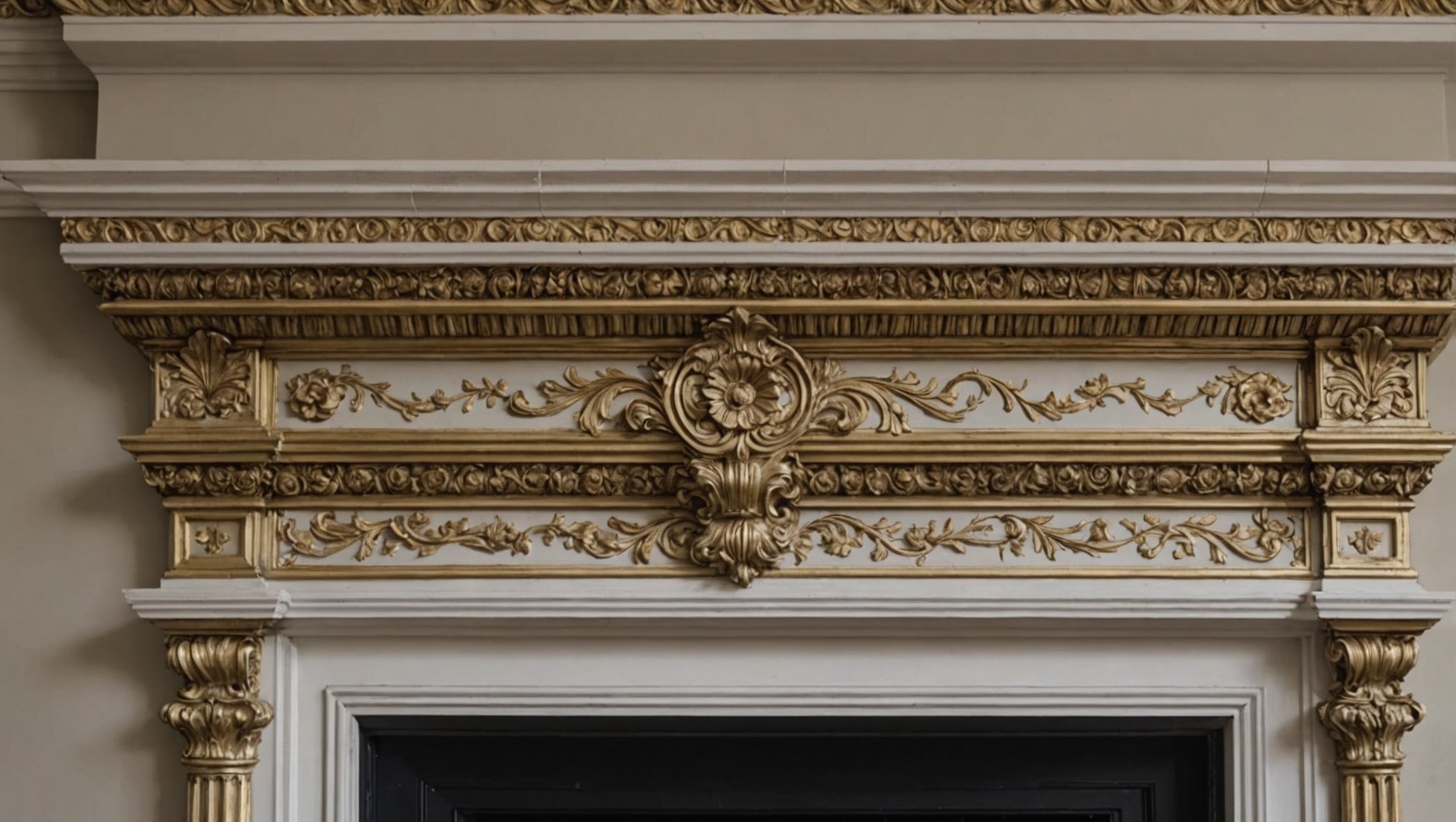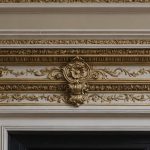Victorian architecture is a piece of living history that awakens the past in the present. Every element, from the ridge to the foundation, is teeming with the elegance and grandeur of a period known for its opulence. If you are fortunate enough to live in a Victorian house, it’s not just a dwelling, it’s a testament to a bygone era. One of the most striking features of Victorian architecture is the ornate cornice work, a decorative molding that frames the junction of the ceiling and wall. Over the years, these beautiful plaster moldings can degrade and lose their original charm—but the good news is, they can be restored. The following article will guide you through the intricate process of restoring Victorian-era cornices in your home.
Identifying Original Cornice Work
Every restoration project begins with understanding the subject. In this case, it’s your cornice. Identifying the original design of the cornice work is essential to restoration. Victorian cornices are characterized by their intricate and decorative designs, which often include floral patterns, scrolls, and other classical motifs.
A careful examination of the existing cornice can reveal a lot about its original design. Look for patterns that repeat or distinctive motifs that stand out. If the original cornice work is too damaged or obscured by layers of paint, you may need to do some detective work. Check other areas of your property for similar cornices or consult historical records or local archives for images or descriptions of similar Victorian era houses.
Preparing the Cornice for Restoration
Once you have a clear understanding of the original design, the next step is to prepare the cornice for restoration. This involves cleaning and stabilizing the existing cornice, and removing old, loose or flaky paint. Be careful not to damage the underlying plaster during this process.
It’s also crucial to protect your house and its contents from dust and debris. Cover floors and furniture with dust sheets, and use masking tape to protect windows and other fixtures.
Repairing Damages and Re-creating Missing Parts
This stage of the restoration project is where your Victorian cornice will start to regain its former glory. If the cornice has only minor cracks or holes, these can be filled with a suitable filler. If parts of the cornice are missing or damaged beyond repair, they will need to be replaced.
Re-creating missing or damaged parts of a Victorian cornice is a skilled job that may require the help of a plaster craftsman. A cast of the original cornice can be made using silicone rubber, and new sections can be cast in plaster using this mould.
Ensure that any new sections match the original cornice in design and texture. Once installed, there should be no visible difference between the old and new sections.
Painting and Finishing
The next step in your restoration journey is painting and finishing. This step will give your cornice a fresh, clean look while preserving the original design. Victorian cornices were traditionally painted in white or cream, but you can choose a colour that works best for your home.
Use a high-quality paint that is suitable for plaster. Apply a primer coat first, followed by at least two coats of the chosen paint. Allow each coat to dry fully before applying the next.
Take care to paint accurately, ensuring that all the intricate mouldings and details of your Victorian cornice are covered but not obscured.
Adding the Final Touches: Ceiling Roses and Coving
The last step in restoring your Victorian cornice involves adding the final touches, such as ceiling roses and coving. Ceiling roses are decorative circular mouldings that are typically placed in the centre of a ceiling, often to frame a chandelier or light fitting. Coving is a type of moulding that is used to soften the junction between the wall and ceiling.
If your house originally had these features, restoring them will add to the authenticity of your period room. If not, adding them can provide an extra touch of Victorian elegance. Just like the cornices, these plaster features can be restored or recreated to match the original design.
By following these guidelines, you will breathe new life into your Victorian cornice, restoring its beauty for future generations to admire. The result is a testament to the original artisans who created these intricate designs, and a beautiful reminder of the grandeur of the Victorian era. This is an intricate and engaging project that will undoubtedly enhance the overall aesthetic of your home.
Restoring Sash Windows and Victorian Facade
Often, the aesthetic of a Victorian house is not solely defined by the interior cornices. The facade, including sash windows, also play a significant role in maintaining the historic charm of your home.
Sash windows are an iconic feature of Victorian houses. They typically have multiple glass panes divided by narrow wooden bars, or muntins. Over time, these windows can become damaged or painted shut, detracting from the beauty of your property and decreasing its functionality.
Restoring these windows involves a careful process of removing old paint, repairing the wood, and replacing or re-glazing the glass panes. As with cornices, the key is to retain the original design whilst ensuring the windows are functional.
In addition to the windows, the facade of your Victorian house may need restoration. Over time, the cast iron railings, balustrades, and ornamental details may have deteriorated due to weather conditions. These elements can be restored or recreated using traditional methods by skilled craftsmen.
It’s crucial to remember that any changes to the facade of a period property may require planning permission. It’s best to consult with your local council or a professional architect before starting your project.
The Role of Plaster Mouldings in Victorian Houses
The use of plaster mouldings was extensive in Victorian houses. Beyond the cornices, ceiling roses, and coving, you would find elaborate plaster ceiling designs, ornamental friezes, and intricate archways. These embellishments add a layer of richness and depth to the interiors of your home.
Fibrous plaster, a blend of plaster of Paris, water, and short fibres, was often used to create these features. This versatile material allowed craftsmen to mould intricate designs and was durable enough to last for centuries.
Restoring these plaster mouldings can improve the aesthetic appeal of your period property significantly. However, it’s a task requiring a high level of expertise. Depending on the extent of the damage, some original pieces may need to be conserved, whilst others may need to be replicated entirely.
Conclusion
Restoring a Victorian house is a labour of love. It requires an understanding of the historical context, architectural details, and a deep appreciation for the crafts of the past. From cornices, sash windows, facade details, to plaster mouldings, every element contributes to the overall character of your victorian home.
This process, while intricate, can also be incredibly rewarding. As you peel back the layers of paint and years of wear, you are not only restoring your house but also preserving a piece of history. You’re contributing to the narrative of the house, adding your chapter to the story etched in its walls.
So with patience, care, and respect for the original designs, your period property can be a testament to the grandeur of the Victorian era, and continue to stand as a beautiful piece of living history. Ultimately, the goal of your project is to revitalise your Victorian home’s unique charm, ensuring that it continues to be admired by generations to come.
















